Tag: pneumonia

An Index Combining Respiratory Rate and Oxygenation to Predict Outcome of Nasal High-Flow Therapy
In patients with pneumonia with acute respiratory failure treated with high-flow nasal cannula (HFNC), ROX is an index that can help identify those patients with low and those with high risk for intubation. This was a... read more
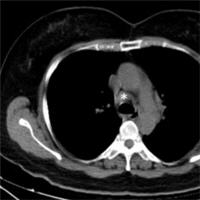
Mediastinal lymphadenopathy may predict 30-day mortality in COVID-19 patients
Along with older age and consolidation pattern,enlarged mediastinal lymphadenopathy was found to be an independent predictor of 30-day mortality in patients with COVID-19. Although enlarged mediastinal lymphadenopathy... read more
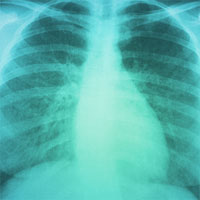
Prediction Model for Severe CAP among Patients with Diabetes Mellitus
Diabetes is an independent risk factor for the development of severe community-acquired pneumonia (CAP) and associated with pneumonia-related hospitalization as well as mortality. Here, we assessed several selected biomarkers... read more
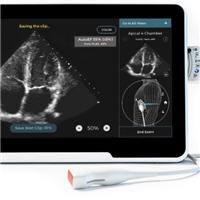
How can artificial intelligence transform pneumonia diagnosis?
Hot on the heels of FDA approval for its AI-guided cardiac ultrasound software, Caption has received a $4.95m grant from the Gates Foundation to create a version that could speed up pneumonia diagnosis, the leading killer... read more

Janssen Investigational COVID-19 Vaccine
An investigational COVID-19 vaccine developed by Janssen Pharmaceuticals appears to be safe and effective at preventing moderate and severe COVID-19 in adults, according to an interim analysis of Phase 3 clinical data conducted... read more
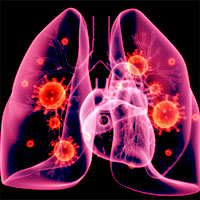
Bacterial Superinfection Pneumonia in COVID-19 Respiratory Failure
Severe community-acquired pneumonia secondary to SARS-CoV-2 is a leading cause of death. Current guidelines recommend patients with SARS-CoV-2 pneumonia receive empirical antibiotic therapy for suspected bacterial superinfection,... read more
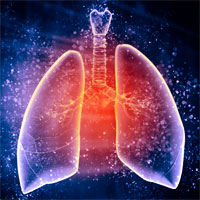
COVID-19 Pneumonia: Typical or Atypical Form of ARDS?
Evidence-based guidelines can never help a doctor resolve whether a patient is best managed by inserting an endotracheal tube or avoiding its use. That decision is based on clinical judgment, gestalt, and tacit knowledge.... read more

Circuits Between Infected Macrophages and T Cells in COVID-19 Pneumonia
Some patients infected with Severe Acute Respiratory Syndrome Coronavirus-2 (SARS-CoV-2) develop severe pneumonia and the acute respiratory distress syndrome (ARDS). Distinct clinical features in these patients have led... read more
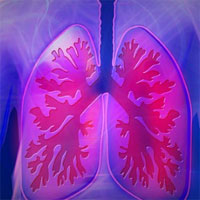
Why COVID-19 Pneumonia is More Deadly than Typical Pneumonia
Bacteria or viruses like influenza that cause pneumonia can spread across large regions of the lung within hours. In the modern intensive care unit, these bacteria or viruses are usually controlled either by antibiotics or... read more
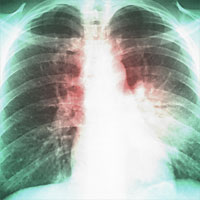
Time-Controlled Adaptive Ventilation Versus Volume-Controlled Ventilation in Experimental Pneumonia
In the model of pneumonia used herein, at the same tidal volume and mean airway pressure, time-controlled adaptive ventilation, compared with volume-controlled ventilation, was associated with less lung damage and bacteremia... read more

Increasing suction pressure during endotracheal suctioning increases the volume of suctioned secretions
It may be assumed that 250 mmHg suction pressure, via compliance with open system suction method related procedures, is being more effective and equally safe for secretion cleaning in comparison to the 80 and 150 mmHg suction... read more

Endotracheal intubation to reduce aspiration events in acutely comatose patients
Whether intubation results in a reduction in the incidence of aspiration events and whether these are more frequent in patients with low GCS scores are not yet established. The paucity of evidence on this topic makes clinical... read more

Experience Caring for a Severe COVID-19 Patient With ARDS in the ICU
The author's experience caring for a patient with COVID-19 whose condition deteriorated rapidly into a critical illness in the negative pressure room of the ICU is described in this article. The onset of severe acute... read more
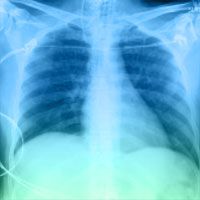
COVID-19 and ARDS: The Baby Lung Size Matters
COVID-19 in its initial manifestations has strikingly peculiar characteristics (e.g., hypoxemia with vasocentric injury and high gas lung volume), is so evident that atypical ARDS should not be a matter of further discussion.... read more




